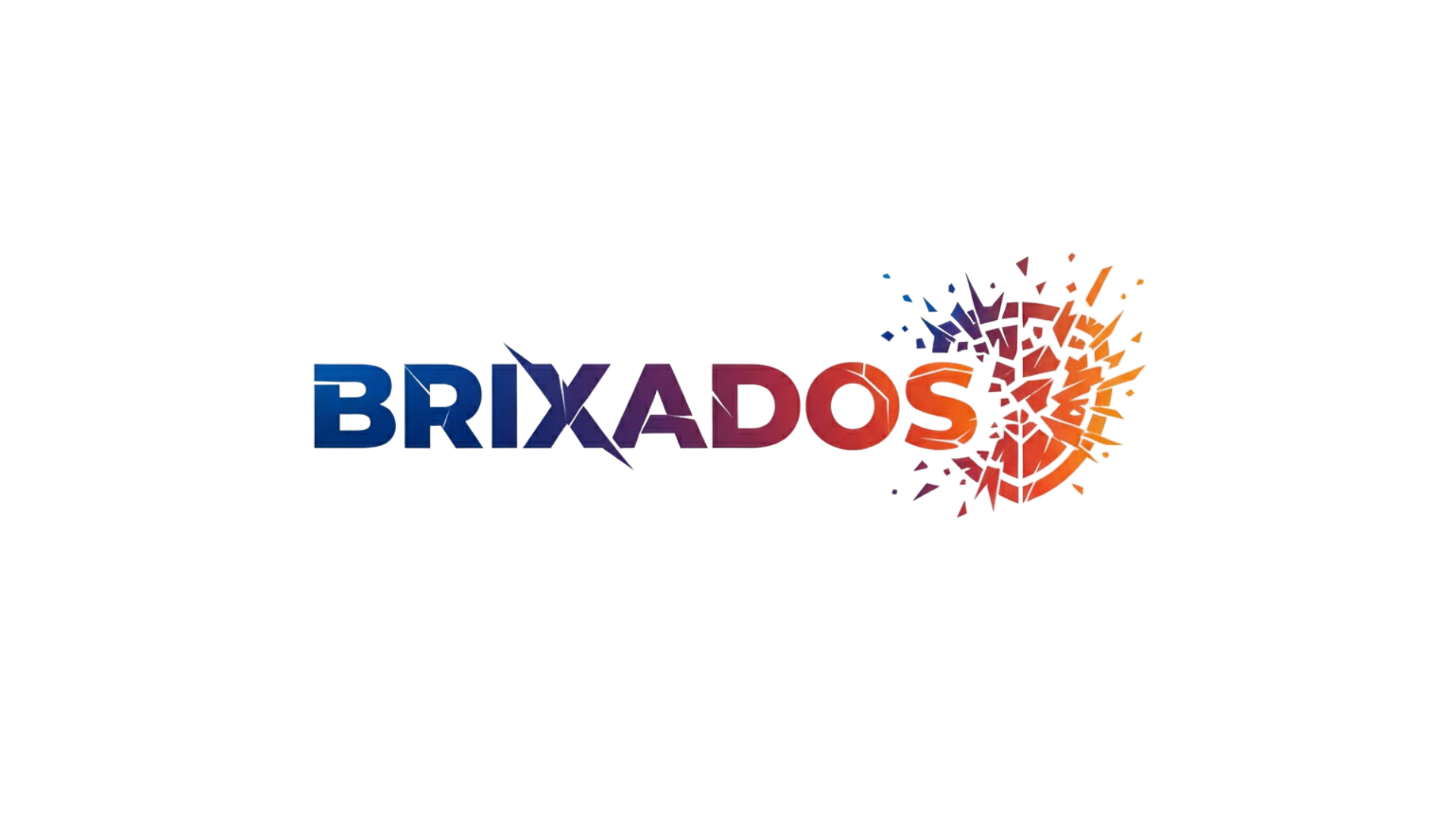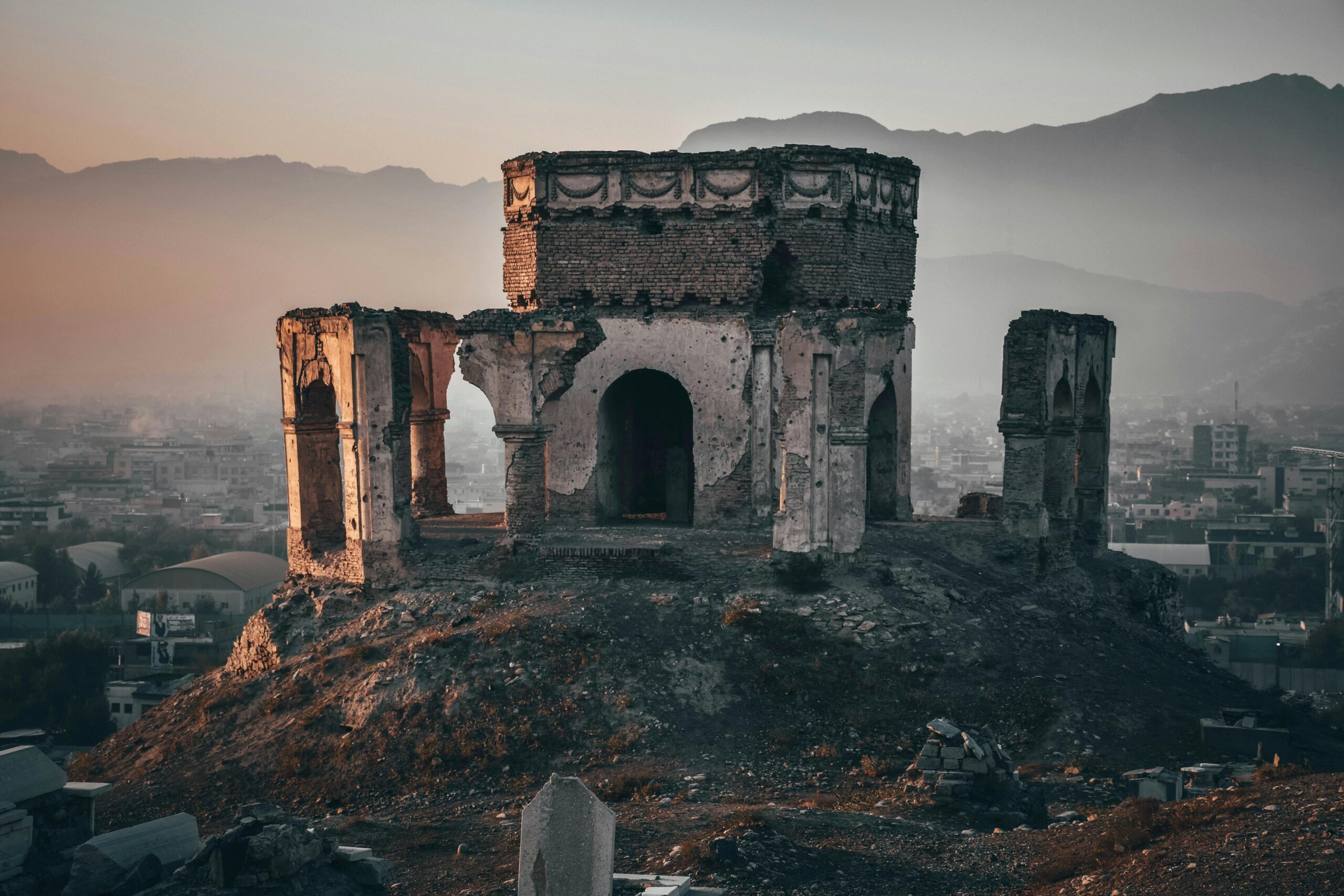The World Tree stands as one of humanity’s most enduring symbols, weaving through mythologies and spiritual traditions across continents and centuries with profound significance.
🌳 The Ancient Roots of the World Tree Mythology
Throughout human history, the concept of a cosmic tree connecting different realms of existence has captivated imaginations and shaped spiritual understanding. This archetypal symbol appears in Norse mythology as Yggdrasil, in Mayan cosmology as the Ceiba tree, and in countless other traditions worldwide. The World Tree represents far more than botanical wonder—it embodies the fundamental structure of reality itself, bridging heaven, earth, and underworld in a living, breathing network of existence.
Ancient cultures recognized trees as mediators between realms, their roots delving deep into the earth while their branches reached toward the heavens. This vertical axis became a powerful metaphor for spiritual ascension, grounding, and the interconnectedness of all life. The World Tree wasn’t merely a religious concept but a practical framework for understanding how energy, wisdom, and life force flow through the universe.
The persistence of this symbol across diverse cultures suggests something deeper than mere coincidence. Whether in Siberian shamanism, Celtic druidic traditions, or Hindu scriptures describing the Ashvattha tree, the core principles remain remarkably consistent. This universality points to a fundamental human need to visualize our place within the greater cosmos and understand our connection to forces beyond immediate perception.
🌍 Cultural Expressions of the Sacred Tree
The Norse tradition presents perhaps the most detailed cosmological tree in Yggdrasil, an immense ash tree supporting nine worlds within its structure. Its branches extend over all realms while three massive roots anchor it to different wells of wisdom and destiny. This magnificent tree serves as the axis mundi—the center point around which the entire universe revolves and maintains its structure.
In Mesoamerican cultures, the World Tree took form as the sacred Ceiba, whose branches supported the heavens while roots penetrated the underworld. The Maya believed their rulers could communicate with ancestors and deities by entering trance states and climbing this metaphysical tree. The Ceiba continues to hold sacred status in many Central American communities, with ancient specimens protected and venerated.
Eastern traditions offer their own interpretations through the Bodhi tree of Buddhism, under which Siddhartha Gautama achieved enlightenment, and the inverted Ashvattha tree described in Hindu texts with roots in heaven and branches extending downward to earth. These variations demonstrate how the World Tree concept adapts to different philosophical frameworks while maintaining its core symbolism of connection and transcendence.
The Tree of Life Across Traditions
Jewish mysticism presents the Kabbalistic Tree of Life, a diagram representing ten divine emanations through which the infinite reveals itself. This symbolic tree maps the spiritual journey from material existence to divine unity, providing practitioners with a roadmap for consciousness expansion and spiritual development. Each sphere on this tree represents different aspects of divine energy and human consciousness.
Celtic traditions honored the oak as sacred, believing certain trees served as portals between worlds. Druids conducted ceremonies beneath ancient oaks, recognizing these giants as repositories of wisdom and conduits for divine communication. The Celtic worldview saw forests as temples and individual trees as embodiments of spiritual power worthy of respect and ritual attention.
💫 Symbolic Meanings: Connection in Every Branch
The World Tree’s primary symbolic function centers on connection—linking past with future, physical with spiritual, individual with collective. Its roots represent our ancestral heritage, the deep wisdom accumulated across generations, and our grounding in physical reality. The trunk symbolizes the present moment, the solid foundation of our current existence, while branches reaching skyward embody aspirations, potential, and spiritual evolution.
This vertical connectivity creates what anthropologists call the axis mundi, the cosmic axis around which everything revolves. Every culture that developed this concept used it to orient themselves geographically, spiritually, and philosophically. The World Tree became a compass for navigating both inner and outer landscapes, providing direction when confusion threatened to overwhelm.
Beyond vertical connection, the World Tree illustrates horizontal relationships through its spreading branches and interconnected root systems. Modern science confirms what ancient wisdom suggested—trees in forests communicate through underground fungal networks, sharing resources and information. This mycorrhizal web mirrors the spiritual concept of universal interconnectedness, demonstrating that separation is largely illusory.
Growth as Spiritual Principle ✨
The World Tree embodies perpetual growth, cycling through seasons while maintaining essential identity. This natural rhythm reflects the spiritual journey where periods of expansion alternate with consolidation, rest, and renewal. Just as trees add growth rings year by year, spiritual practitioners develop layers of understanding and experience, building upon previous foundations while reaching toward new heights.
Growth isn’t linear in the World Tree paradigm. Branches extend in multiple directions, some reaching higher than others, some growing thick while others remain slender. This mirrors human development where different aspects of personality and consciousness evolve at varying rates. The tree doesn’t judge one branch as superior—each contributes to the whole, each serves the organism’s overall vitality.
Seasonal cycles within the World Tree mythology teach acceptance of natural rhythms. Winter dormancy isn’t failure but necessary rest, allowing energy conservation for spring’s explosive growth. Autumn’s shedding represents letting go of what no longer serves, making space for renewal. These cycles offer profound lessons for navigating life’s inevitable ups and downs with grace and understanding.
🛡️ Resilience: Weathering Life’s Storms
Perhaps no quality better characterizes the World Tree than resilience. Ancient trees withstand centuries of storms, droughts, fires, and changing climates, adapting while maintaining core identity. This endurance makes them perfect symbols for human resilience—our capacity to bend without breaking, to heal from wounds, and to continue growing despite adversity.
Trees respond to environmental stress by developing stronger structures. Wind-stressed trees grow thicker trunks and deeper roots, building resistance through challenge. This biological reality mirrors psychological resilience, where difficulties often catalyze personal growth and strength development. The World Tree teaches that obstacles aren’t merely impediments but opportunities for developing robustness and adaptive capacity.
Damage doesn’t destroy a healthy tree—it adapts, compartmentalizes wounds, and continues growing around injuries. Some ancient trees bear fire scars, lightning strikes, and broken limbs as testaments to survival rather than defeat. This visible history of overcoming creates character, depth, and unique beauty that unblemished specimens cannot match. Our own scars and struggles similarly contribute to authentic character and hard-won wisdom.
Community and Mutual Support
Forest ecologists have discovered that trees in natural communities support each other through resource sharing and chemical communication. Older “mother trees” nurture saplings through nutrient transfer, ensuring the next generation’s survival. This cooperative model contradicts competition-focused narratives, suggesting that thriving requires community support rather than isolated struggle.
The World Tree symbolism extends this principle to human communities. We don’t grow in isolation but within networks of relationships providing nourishment, support, and guidance. When we strengthen these connections, everyone benefits—wisdom flows from elders to youth, resources circulate where needed, and collective resilience increases exponentially beyond individual capacity.
🧘 Practical Applications for Modern Life
The World Tree offers more than abstract symbolism—it provides practical frameworks for navigating contemporary challenges. Meditation practices incorporating World Tree visualization help practitioners feel grounded while remaining open to inspiration. By imagining roots extending deep into earth and branches reaching skyward, individuals access both stability and aspiration simultaneously.
Many modern practitioners use World Tree imagery for energy work and healing. Visualizing roots drawing nourishment from earth while branches absorb cosmic energy creates a balanced flow through the body’s central channel. This practice appears in various traditions under different names but shares the core principle of connecting with both earthly and celestial energies.
Decision-making frameworks inspired by the World Tree encourage considering multiple perspectives simultaneously. Just as a tree must balance growth in various directions, we benefit from weighing different factors—practical concerns (roots), present circumstances (trunk), and future possibilities (branches). This holistic approach prevents overemphasis on single aspects while neglecting others equally important.
Integrating World Tree Wisdom Daily 🌱
Simple daily practices can invoke World Tree principles without elaborate rituals. Standing barefoot on earth while consciously connecting with both ground and sky creates immediate grounding and centering. This practice takes mere minutes but significantly impacts mental clarity and emotional balance, especially during stressful periods requiring both stability and perspective.
Journaling exercises exploring personal roots (heritage, formative experiences), trunk (current circumstances and resources), and branches (goals and aspirations) clarify where energy flows and where blockages exist. This mapping exercise reveals imbalances—perhaps too much focus on future aspirations with insufficient grounding, or excessive dwelling on past without reaching toward new possibilities.
Creating physical representations of your personal World Tree through art, whether drawing, painting, or three-dimensional modeling, externalizes internal processes and facilitates insight. The creative act itself becomes meditative, while the finished piece serves as a visual reminder of connections, growth directions, and resilience resources available during challenging times.
🌟 The World Tree in Contemporary Spirituality
Modern spiritual seekers increasingly return to nature-based symbolism like the World Tree, finding in ancient wisdom what contemporary culture often lacks—connection, meaning, and rootedness. In an era of rapid change, digital disconnection, and environmental crisis, the World Tree offers stable reference points and reminds us of fundamental relationships between humanity and the natural world.
Ecological movements naturally embrace World Tree symbolism, recognizing that environmental destruction severs our connections to the living systems sustaining all existence. Protecting forests becomes not merely environmental policy but spiritual imperative—safeguarding the physical manifestations of sacred principles while maintaining biodiversity essential for planetary health.
Psychological perspectives find rich material in World Tree archetypes. Carl Jung recognized the tree as representing the self’s wholeness and the individuation process. Transpersonal psychology explores how connecting with archetypal symbols like the World Tree facilitates healing, integration, and consciousness expansion beyond ego boundaries into collective and cosmic awareness.
Bridging Ancient Wisdom and Modern Science
Contemporary research validates many intuitions embedded in World Tree mythology. Network theory demonstrates that natural systems organize around central nodes and interconnected pathways remarkably similar to tree structures. Neuroscience reveals that neural networks resemble branching patterns, suggesting our consciousness itself mirrors the World Tree architecture.
Systems thinking emphasizes interconnection, feedback loops, and emergent properties—principles ancient cultures encoded in World Tree symbolism millennia before scientific formalization. This convergence between traditional wisdom and cutting-edge science suggests both approach fundamental truths from different angles, with each offering unique insights enriching the other.
🌿 Cultivating Your Personal World Tree
Beyond understanding the World Tree conceptually, the real power emerges through personal embodiment. Your life becomes a World Tree when you consciously tend your roots through self-knowledge and honoring your origins, strengthen your trunk through present-moment awareness and solid character development, and extend branches through continuous learning, creativity, and service to others.
Examining your roots means exploring family patterns, cultural heritage, formative experiences, and core values providing foundation. This isn’t about remaining trapped in the past but understanding what grounds and nourishes you, what ancestral strengths you carry, and what patterns require healing to prevent limiting future growth.
Strengthening your trunk involves developing integrity, resilience, and presence. Like a tree’s trunk transporting nutrients between roots and branches, your core self channels energy between grounding and aspiration. Practices building this strength include meditation, physical exercise, skill development, and consistent alignment between values and actions.
Extending branches represents exploring possibilities, developing talents, forming relationships, and contributing to your community. Healthy branching requires balance—not overextending in one direction while neglecting others, ensuring each growth direction receives appropriate energy and attention for sustainable development.

The Eternal Growth Cycle 🔄
The World Tree ultimately teaches that existence itself is relationship—we are not isolated beings but nodes in infinite networks of connection spanning from subatomic particles to cosmic consciousness. Every action ripples through these networks, affecting the whole in ways rarely fully visible but profoundly real nonetheless.
By embracing World Tree principles of connection, growth, and resilience, we align with patterns proven sustainable across millennia and cultures. These aren’t New Age inventions but time-tested frameworks for navigating existence with grace, strength, and wisdom. The World Tree stands as both map and destination, both method and goal—the journey toward wholeness that is itself wholeness.
As you move forward, consider which aspects of your personal World Tree need attention. Are your roots sufficiently deep and nourished? Does your trunk stand strong and flexible? Do your branches extend toward light while maintaining connection to your core? These questions guide ongoing cultivation of a life reflecting the World Tree’s mystical power—connected, growing, and resilient through all seasons of existence.
Toni Santos is a myth-psychology researcher and narrative writer exploring how archetypes, symbols and human story converge to shape mind, culture and meaning. Through his studies on the collective unconscious, comparative mythology and symbolic dream interpretation, Toni examines how the myths we tell reflect the patterns we live — and how awareness of these patterns can spark transformation. Passionate about hero’s journeys, mythic motifs and dream-language, Toni focuses on how story acts as both mirror and map for inner depth and growth. His work highlights the bridges between myth, psyche and culture — guiding readers toward a deeper encounter with themselves and the stories they carry. Blending psychology, mythology and narrative theory, Toni writes about the hidden architecture of meaning — helping readers understand how symbols, stories and dreams shape experience and identity. His work is a tribute to: The power of myth to reveal the unseen structures of psyche The journey from archetype to individual lived story The art of dream-language as a path to wholeness Whether you are a storyteller, psychologist or traveller in the inner landscape, Toni Santos invites you to explore the mythic dimension of mind — one symbol, one myth, one insight at a time.




